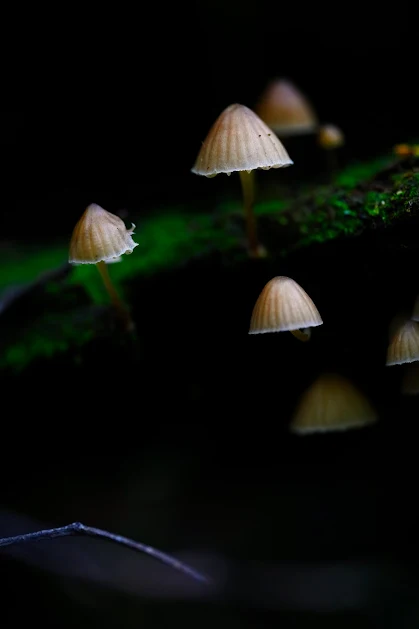Many years ago, I found myself wandering the mountain paths of Nikkō with only a small point-and-shoot camera and a tripod as my companions. My intention had been to capture the splendour of autumn leaves, but the season had already slipped away, leaving the branches bare and the forest quiet. What might have seemed a disappointment at first revealed itself instead as a rare gift: in the absence of fiery foliage, the falls themselves became the focus, luminous and unadorned. I pressed the shutter only a few times, yet this image has endured as one of the few remaining from that period of my life. Looking back, I would not dare attempt such a venture again, yet the memory remains as vivid as the sound of the water that day.
The cascade before me was Ryūzu Falls (Ryūzu no Taki, 竜頭の滝), the Dragon’s Head Waterfall, whose twin streams tumble down the rocks in a white veil that, with a touch of imagination, resembles the horns and mane of a mythic creature. The Yukawa River feeds its ceaseless descent, carrying the mountain’s breath from Lake Yunoko down toward Lake Chūzenji, tracing a course carved over countless centuries.
Ryūzu has long been cherished not only for its beauty but for its spirit. In Japan, waterfalls are often regarded as sacred thresholds where nature reveals its force and purity, and where pilgrims once paused for contemplation on their way to the shrines of Nikkō. Standing before the falls, one senses that same timeless quality: the mingling of power and grace, the endless renewal of water against stone. In autumn, the spectacle is even more profound, when maples and beeches ignite in red and gold, as though the dragon itself were breathing fire into the forest. Even out of season, however, the falls hold their majesty—reminding the traveler that beauty is not confined to the height of autumn but lingers quietly in every moment of the year.
What remains most precious to me is not the photograph itself, but the silence and humility it recalls. The memory of Ryūzu Falls is a reminder that nature does not perform for us; it simply endures, and in its endurance, offers us a glimpse of something eternal.
Linking Treasure Tuesday



























